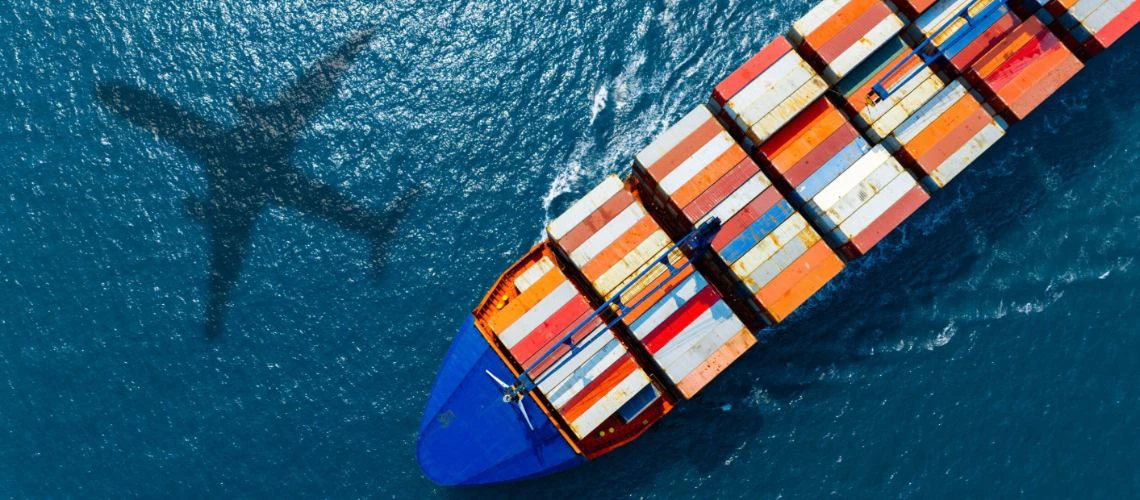
Global Shipping Giants bet big on ULCVs as trade flows evolve
The container shipping sector is entering a period of structural adjustment, as excess vessel capacity, declining freight rates and shifting global trade routes reshape commercial dynamics. According to Veson Nautical‘s Shipping Market Outlook for Q3 2025, adaptability and cost efficiency will be central to navigating the months ahead.
The global shipping market continues to be defined by geopolitical tensions, trade disruptions and macroeconomic uncertainty. Veson Nautical’s Q3 2025 outlook highlights how these pressures are playing out most sharply in the container segment, which faces mounting challenges following a period of rapid fleet expansion.
The net container fleet expanded by 5.5 per cent in 2023 and 9.7 per cent in 2024, with average annual growth projected at 8.2 per cent from 2025 to 2028. This acceleration was driven by record ordering activity in 2024, which saw approximately 4.3 million TEUs added to the orderbook. As a result, the orderbook-to-fleet ratio has reached 31.1 per cent, a level not seen in recent years.
One notable trend is a shift in ordering preferences, with a growing move away from New-Panamax vessels in favour of Ultra Large Container Vessels (ULCVs). This reflects evolving global trade patterns and a continued emphasis on economies of scale.
Despite this growth, new orders have slowed sharply in 2025, as elevated shipbuilding costs and a saturated orderbook temper fresh activity. Veson notes that this will likely ease pressure on shipyard capacity in the medium term.
On the scrapping front, activity remains subdued but is expected to increase, particularly among smaller vessels under 3,000 TEUs. These older ships are becoming less viable as operating costs remain high and freight rates fall.
Beyond containers, Veson Nautical notes ongoing volatility in tanker markets, driven by Red Sea tensions and EU sanctions on Russian oil that have rerouted trade flows and boosted tonne-mile demand. Yet, tanker fleet growth is expected to outpace demand after 2025 due to new deliveries and low scrapping, with regulatory pressures and shifting oil consumption patterns adding long-term uncertainty.
Similarly, the bulker sector benefits from reduced orderbooks and emerging trade routes, such as increased iron ore shipments from Guinea, supporting ton-mile growth despite softer demand linked to China’s economic challenges. Geopolitical risks continue to influence vessel rerouting and freight rates, even as overall ordering activity slows across sectors amid elevated newbuilding costs.
